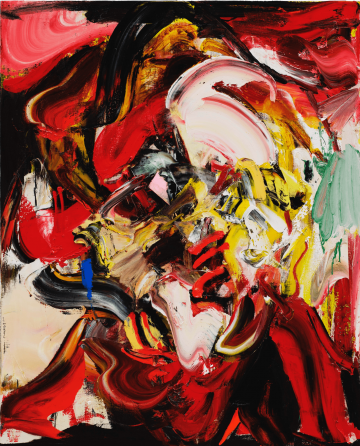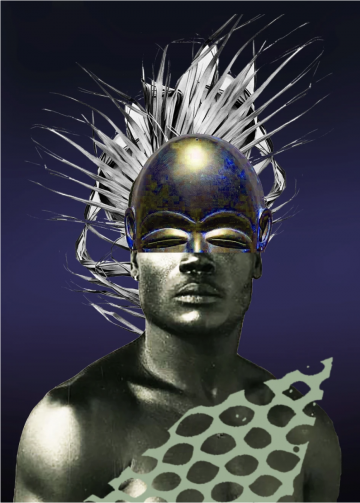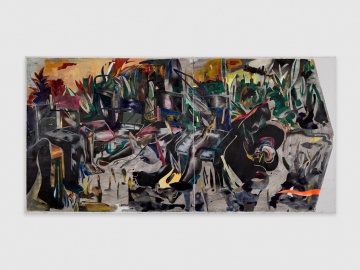Mariane Ibrahim Gallery
Chicago, IL 60622
312 877 5436
Seven years after launching her namesake gallery in Seattle, Mariane Ibrahim moved the space to Chicago in 2019. In September 2021, the gallery opened its inaugural European space in Paris and in 2023 it opened a third space in Mexico City.
The gallery has hosted acclaimed exhibitions, with a founding focus on the African diaspora, from leading and emerging artists including Amoako Boafo, Yukimasa Ida, Peter Uka and Zohra Opoku. The gallery has worked with global renowned institutions and have had an international presence at art fairs with acclaimed and prize- winning presentations.
In 2021 Ibrahim was awarded The Ordre des Arts et des Lettres (Order of the Arts and the Letters) on behalf of the Ministry of culture in France. Notable prizes and appointments include the Prize Winner from Presents Section, The Armory Show 2017, current Selection Committee, The Armory Show, current Visionaries Committee, Performa Arts and member of the Art Dealers Association of America.
Raphael Barontini
Amoako Boafo
Djabril Boukhenaïssi
Salah Elmur
Patrick Eugene
Maïmouna Guerresi
Mwangi Hutter
Yukimasa Ida
Ayana V. Jackson
Clotilde Jimenez
Eva Jospin
Sol Kordich
Shannon T. Lewis
No Martins
Michi Meko
Ian Micheal
Ian Mwesiga
Youssef Nabil
Carmen Neely
Lorraine OGrady
ruby onyinyechi amanze
Zohra Opoku
Peter Uka
Raphael Barontini
Amoako Boafo
Djabril Boukhenaïssi
Salah Elmur
Patrick Eugene
Maïmouna Guerresi
Mwangi Hutter
Yukimasa Ida
Ayana V. Jackson
Clotilde Jimenez
Eva Jospin
Sol Kordich
Shannon T. Lewis
No Martins
Michi Meko
Ian Micheal
Ian Mwesiga
Youssef Nabil
Carmen Neely
Lorraine OGrady
ruby onyinyechi amanze
Zohra Opoku
Peter Uka

 Back to all Member Galleries
Back to all Member Galleries








